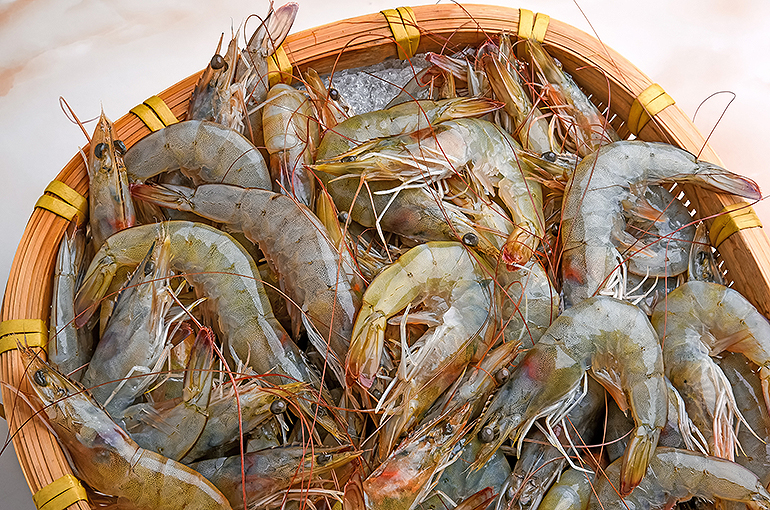 Shanghai’s Seafood Eateries Won’t Be Affected by Import Ban on Japanese Aquatic Products
Shanghai’s Seafood Eateries Won’t Be Affected by Import Ban on Japanese Aquatic Products(Yicai) Aug. 25 -- Seafood restaurants in Shanghai will not be impacted by the ban China has imposed on all imports of edible aquatic produce from Japan after the country began discharging radioactive wastewater from its Fukushima nuclear power plant into the ocean as they get supplies from across the globe.
Iapanese Cuisine, a mid-end Japanese restaurant in the city, imported most of its sea produce from Japan before, but now most of its sea urchins are shipped in from South Korea, and tuna arrives from Spain, an employee told Yicai. A meal at Iapanese Cuisine costs CNY428 (USD59) per head.
To prevent the risk of radioactive contamination from the water released from the Fukushima plant, China’s General Administration of Customs announced yesterday that the import of all aquatic products from Japan would be banned effective immediately.
Japan has started to release treated wastewater from the power station into the Pacific Ocean, 12 years after it was wrecked by an earthquake and tsunami, triggering fears about the safety of consumer products and foodstuffs from the country.
Forfun Aquatic Development, a luxury Shanghai-based seafood restaurant, mainly imports seafood from Australia and New Zealand, a person connected with it told Yicai, adding that it will not be severely impacted by the ban as the few aquatic products it was importing from Japan, such as tuna and opilio crabs, can be got from other regions. A meal at Forfun Aquatic costs CNY1,811 (USD250) per person.
Supermarkets and other retailers, including RT-Mart and FreshHippo, also told Yicai that the share of imported Japanese seafood on sale through their platforms is very small. They predicted that aquaculture production will gain popularity in the future.
Salmon and tuna are major products sold by supermarkets and retailers, with the former mostly imported from Norway and Chile, a buyer told Yicai. “Bluefin tuna mostly comes from Japan, but many shops stopped importing Japanese tuna two months ago,” the person said, adding that sweet shrimp mostly comes from Russia and arctic shellfish from Canada.
Chinese consumers yesterday rushed to buy seafood, as the current stock in shops is highly unlikely to be contaminated.
Livestreaming e-commerce platform East Buy told Yicai that it had 25,000 orders for shrimps from South America as of 5 p.m. yesterday, compared with the usual daily amount of 7,000.
Editors: Liao Shumin, Futura Costaglione